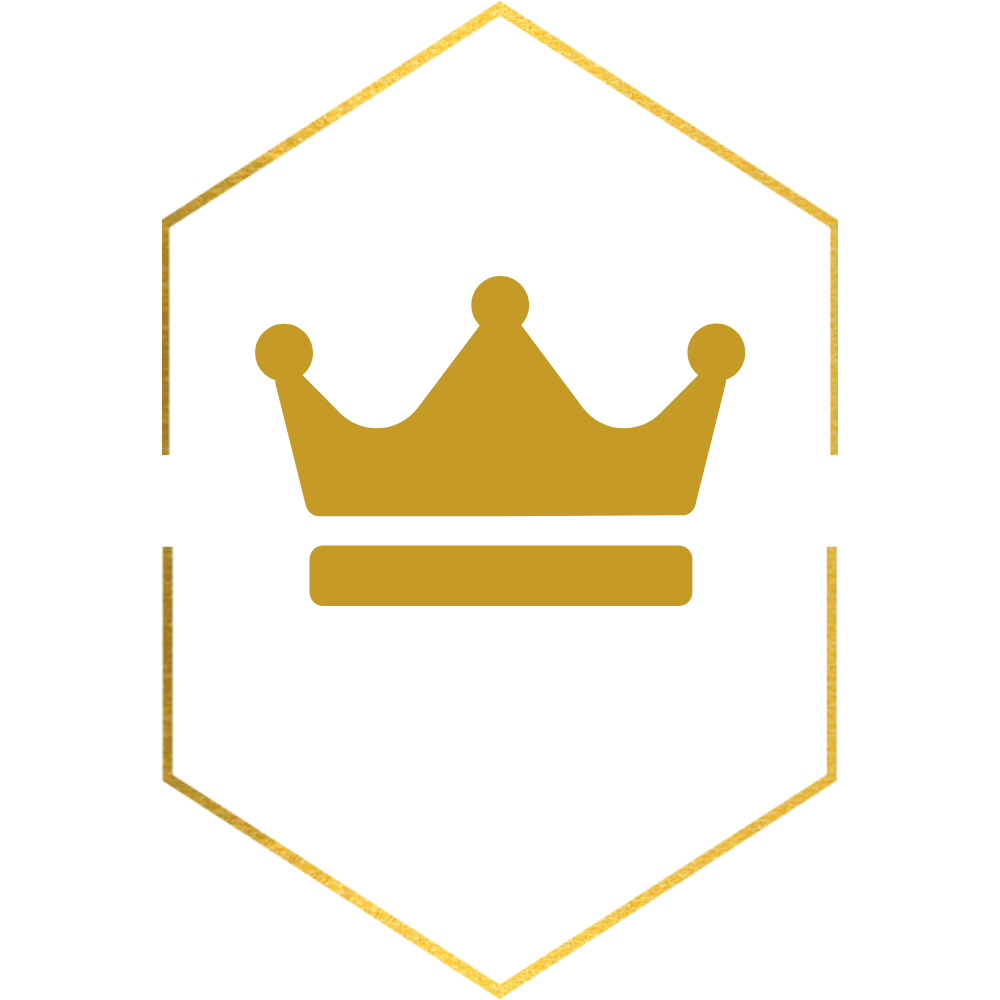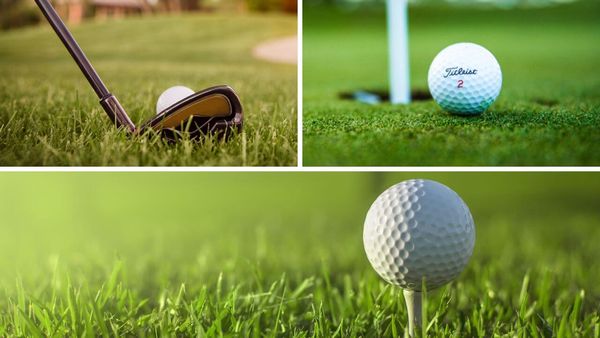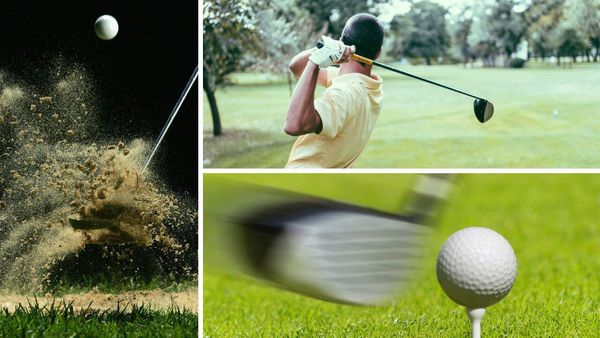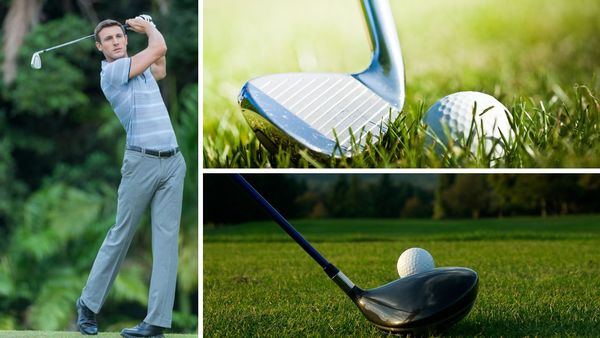You're on the first tee, taking a few practice swings before you begin your round. You grab a golf ball from your bag and take a quick look.
In the middle of the ball, below the brand name, there's a three-digit number. And you can't help but wonder... what do those numbers mean? You don't recall seeing 3 numbers on a golf ball before.
Don't worry, you're not alone. The numbers on golf balls can be confusing, especially if you're new to the game. They're not just there for identification purposes (although that is their primary function). In fact, the numbers can tell you a lot about the golf ball and how it will perform.
In this blog post, we'll demystify the numbers on golf balls once and for all. Read on to learn everything you need to know about those pesky little digits.
The Single-Digit
This is the most common way to identify your golf ball. This number is typically in the range of 1 to 4 but today you see all sorts of models with numbers ranging from 0 to 9.
You'll find this number in the middle of the golf ball under the brand name of the golf ball. This number is there for identification purposes and nothing more. So if you're looking for a specific golf ball, this is the number you'll need to identify it.
Consider this - close to 70 percent of Pros use a Titleist Pro V1 or Pro V1x so you can see why it's important to be able to identify your own ball on the course. But even 10 single-digit numbers are not enough with all those Titleist golf balls landing in the fairway. That's why Pros and serious golfers use a golf ball marking tool.
When you purchase a dozen golf balls you will find 4 sleeves of 3 balls each. Each sleeve will have the same number on each golf ball.
The Double-Digit
It is becoming more common among golf ball manufacturers to see two-digit numbers on a golf ball. Back in the 90s, this was a way for golf brands to state the compression rating of the golf ball. The compression rating is important because it tells you how hard or soft a golf ball is and what swing speed it is designed for. For example, a golf ball stamped with the number 50 would mean that these are low compression golf balls.
Today, the double-digit number is all about identification and personal preference and being a bit different. Many golf brands allow you to customize a two-digit number. You see Pro golfers using lucky numbers, birthday or anniversary numbers, and more. Rory McIlroy has been spotted with the number 22 while Justin Rose has used the number 99.
The Triple-Digit
This is not very common with the modern golf ball. However, when you do see golf balls with three digits, the numbers are usually between 300 and 500. The purpose is to indicate the number of dimples on the ball. Dimples help reduce drag and make the ball fly further and straighter.
Titleist has used this on their Pro V1 series. However most brands today provide all their specs on the packaging.
So there you have it! Now you know everything there is to know about those pesky little numbers on golf balls. Next time you're out on the green, take a closer look at your ball and see if you can figure out what each number means.
And, if you're looking for the #1 ball in golf or a golf ball designed for your improving game, see below.










Member discussion